Lasagna garden around existing trees
craftlady07
15 years ago
Related Stories

GARDENING GUIDESHow to Keep Your Trees Healthy
Ensure your trees’ vigor for years to come with these tips for protecting roots, watering effectively and more
Full Story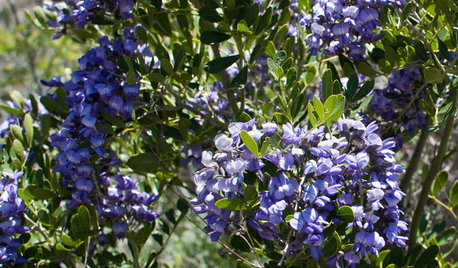
TREES6 Unsung Spring-Blooming Trees
Billowy blooms and rare fragrances will make you wonder how these flowering trees could ever have been underused in landscapes
Full Story
EDIBLE GARDENSHow to Add an Apple Tree to Your Edible Garden
Readily available, beautiful and fragrant, apple trees offer four-season interest along with crisp, juicy fruit
Full Story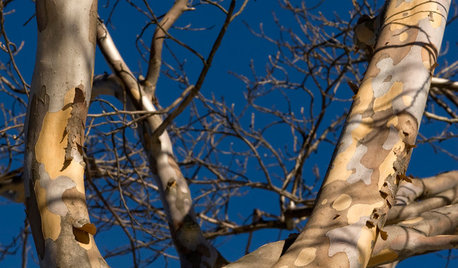
WINTER GARDENING8 Gorgeous Trees for Winter Interest in the Garden
Intriguing forms and beautiful branches take center stage when color heads back into the wings of the winter landscape
Full Story
FALL GARDENING6 Trees You'll Fall For
Don’t put down that spade! Autumn is the perfect time for planting these trees
Full Story
GARDENING GUIDES5 Best-Behaved Trees to Grace a Patio
Big enough for shade but small enough for easy care, these amiable trees mind their manners in a modest outdoor space
Full Story
WINTER GARDENINGHow to Help Your Trees Weather a Storm
Seeing trees safely through winter storms means choosing the right species, siting them carefully and paying attention during the tempests
Full Story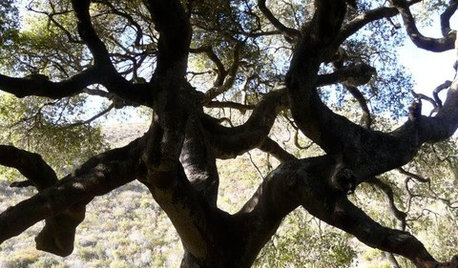
CALIFORNIA NATIVE PLANTSGreat Design Plant: Coast Live Oak
The stuff of legends and memories, this California tree is one to build a whole landscape around
Full Story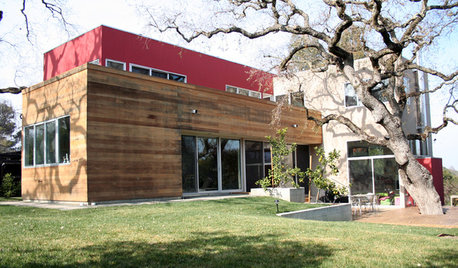
GARDENING AND LANDSCAPINGOutdoor Design: Save that Tree!
Have Your Deck and Big Tree, Too — Build Around it for an Exceptional Living Space
Full Story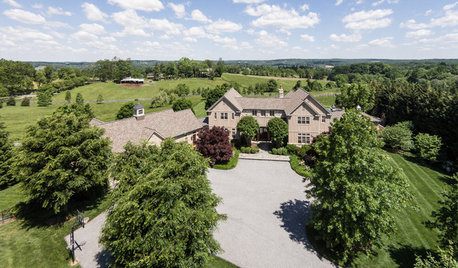
HOME TECHThe Inevitable Future of Drones Around Your Home
As Google joins the push for airborne deliveries, it seems only a matter of time before neighborhoods are buzzing with drones. Is that OK?
Full StoryMore Discussions









craftlady07Original Author
smokensqueal
Related Professionals
Grand Haven Landscape Architects & Landscape Designers · Quincy Landscape Architects & Landscape Designers · Redondo Beach Landscape Architects & Landscape Designers · Roosevelt Landscape Architects & Landscape Designers · Annandale Landscape Contractors · Cordele Landscape Contractors · Darien Landscape Contractors · Plymouth Landscape Contractors · South Lyon Landscape Contractors · Sugar Hill Landscape Contractors · Tustin Landscape Contractors · Wheat Ridge Landscape Contractors · Green Bay Decks, Patios & Outdoor Enclosures · Littleton Decks, Patios & Outdoor Enclosures · Spanaway Decks, Patios & Outdoor Enclosurescraftlady07Original Author
digdirt2
softmentor
Kimmsr
joe.jr317
craftlady07Original Author
liz_h
craftlady07Original Author
digdirt2
craftlady07Original Author
north53 Z2b MB
kqcrna
digdirt2
terrene
Frankie_in_zone_7
Kimmsr
lynxe
digdirt2
Kimmsr
Frankie_in_zone_7